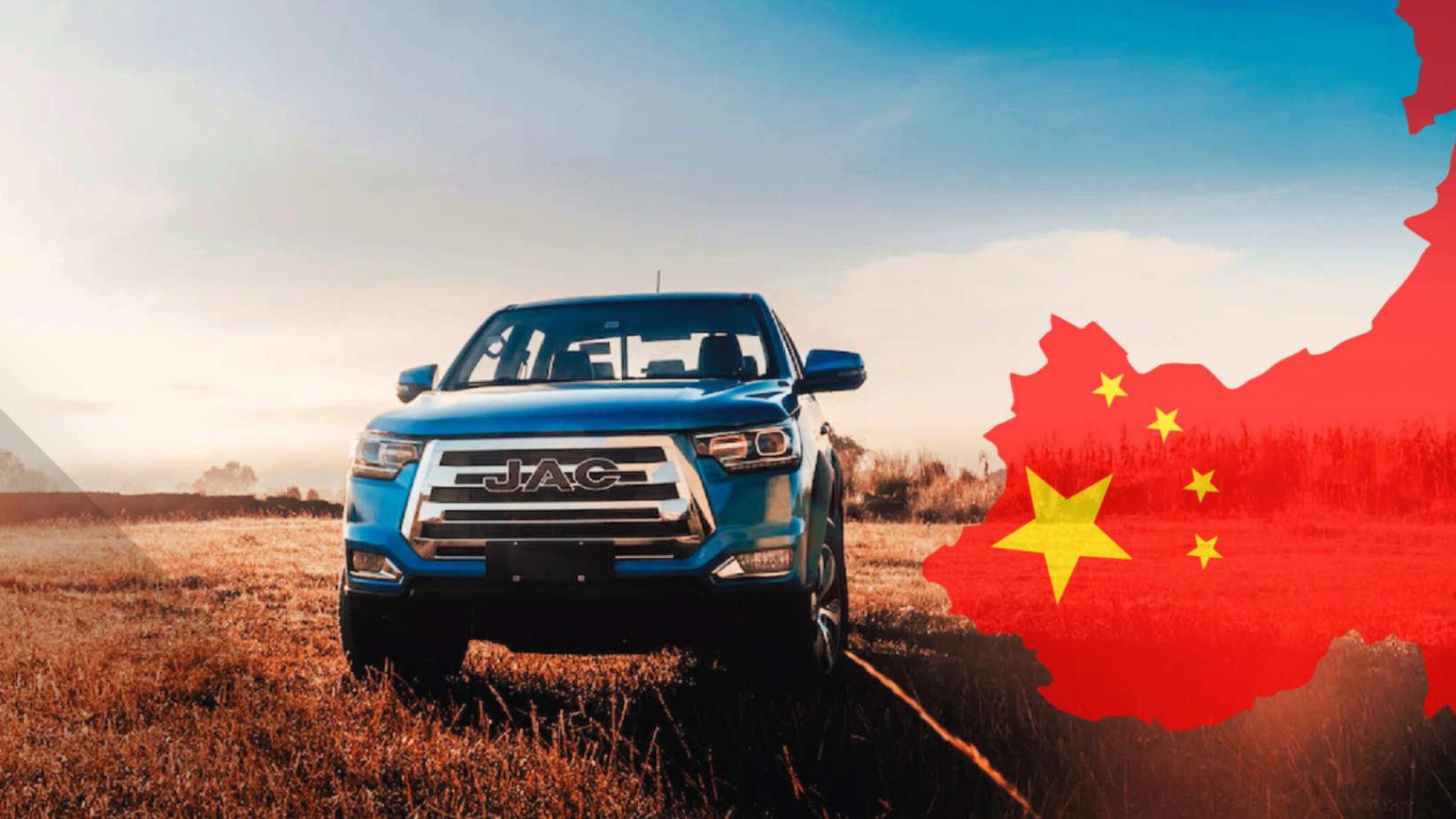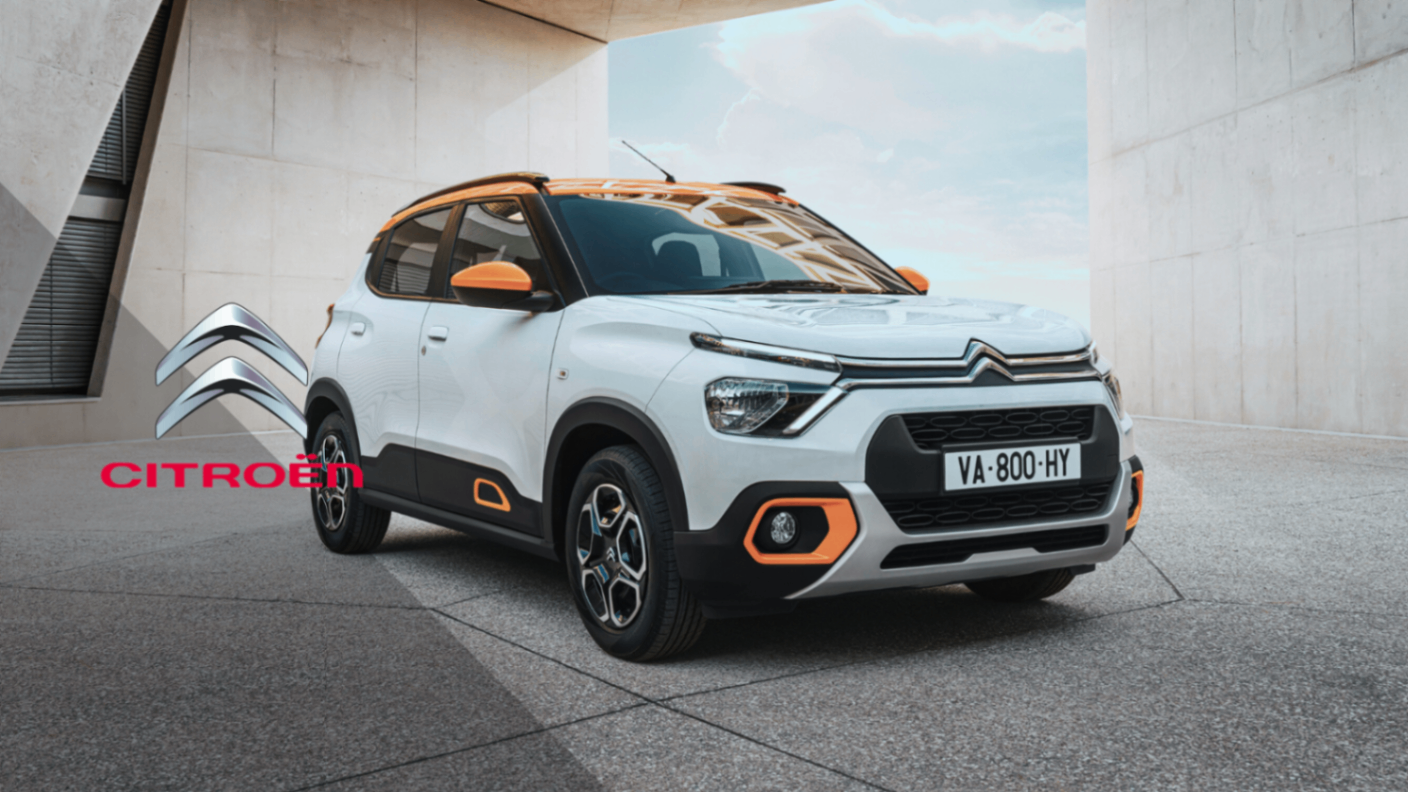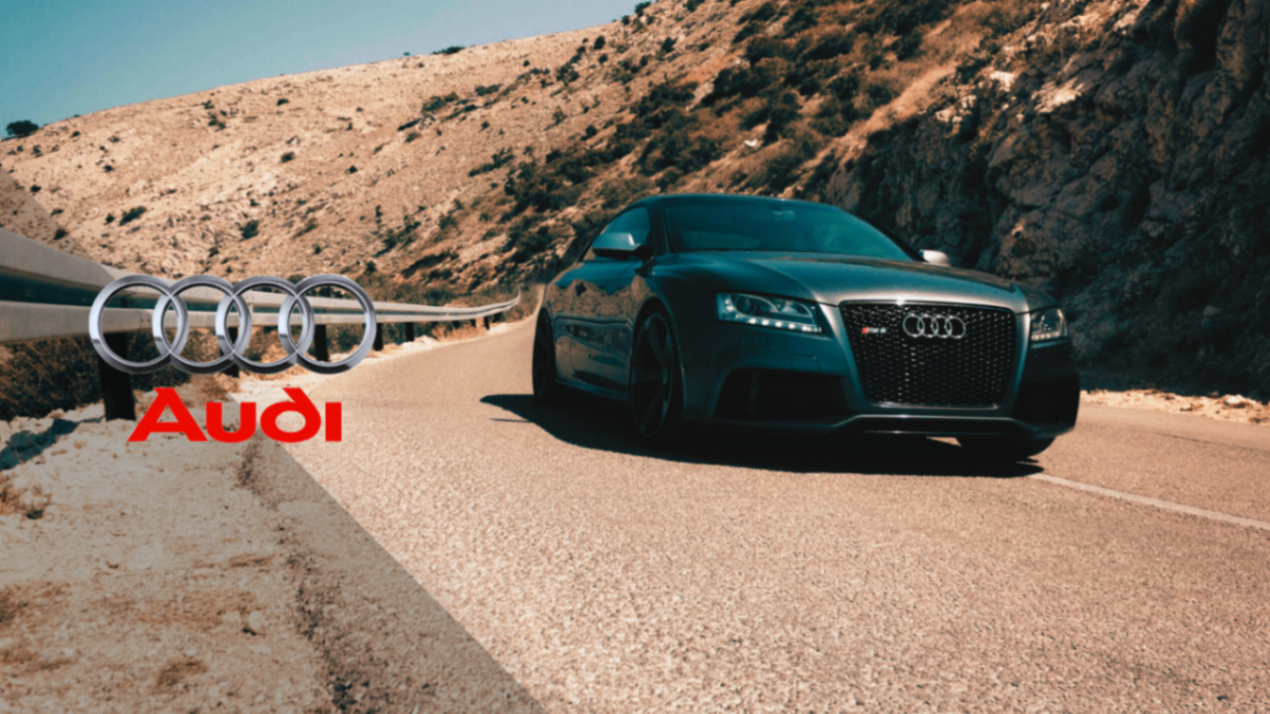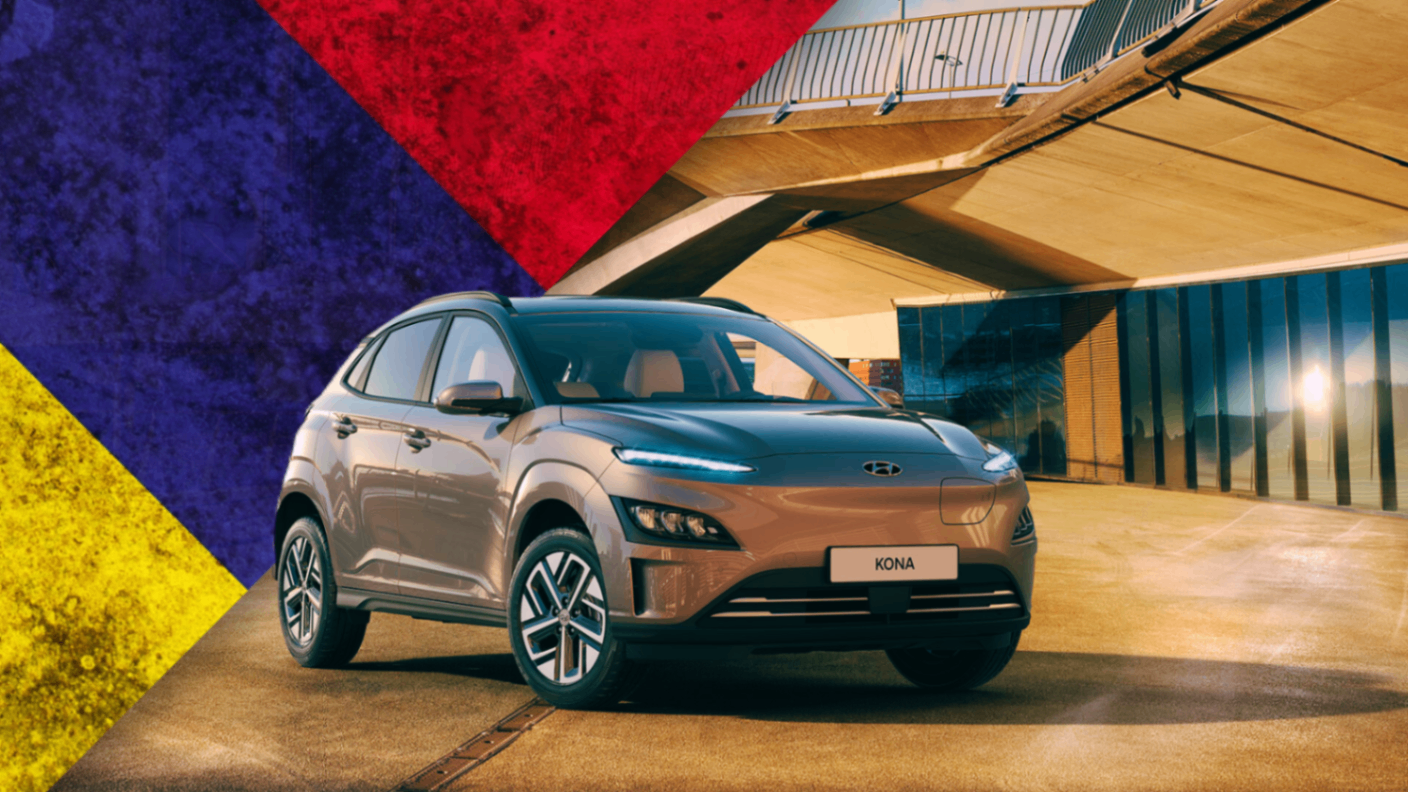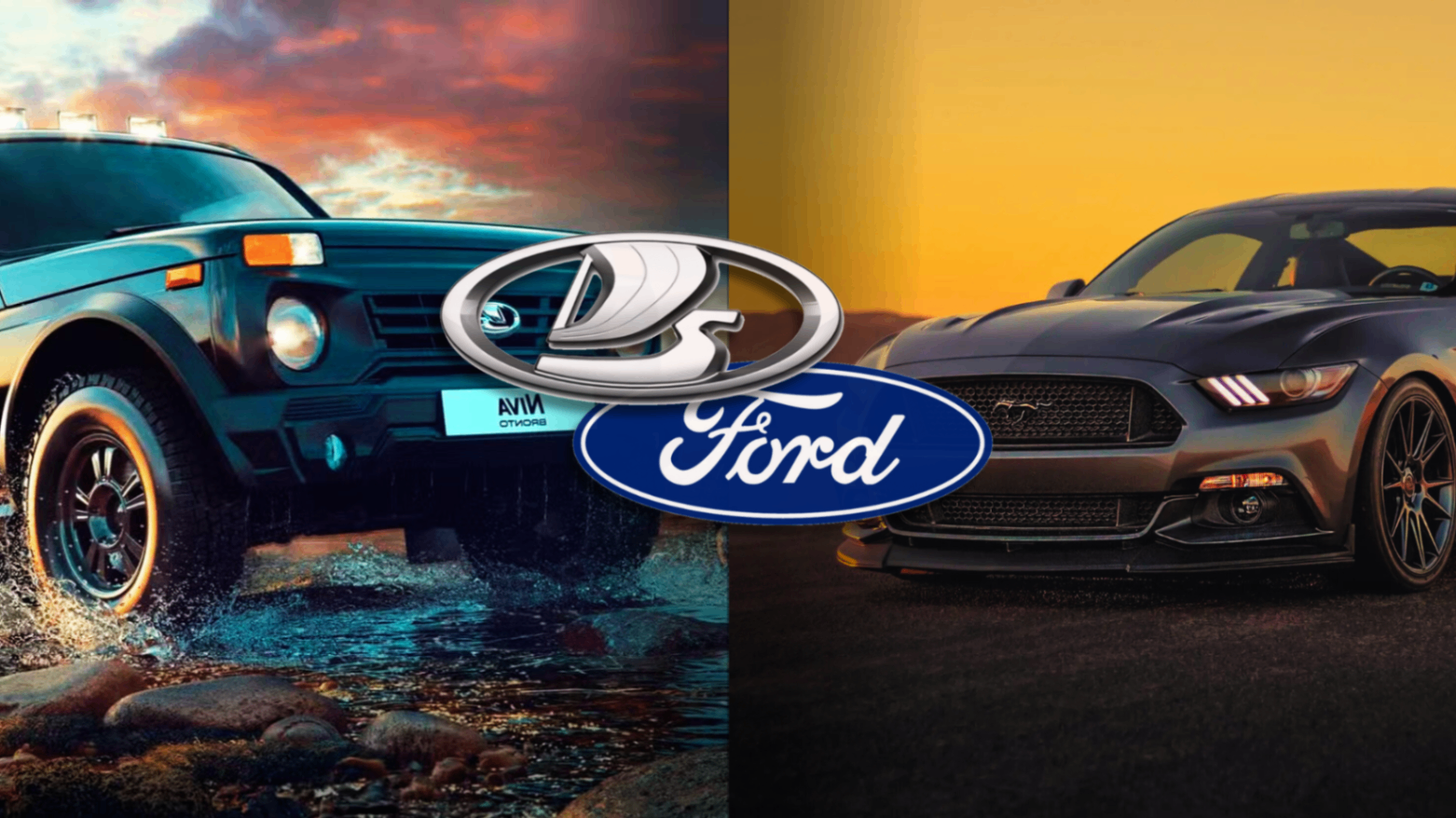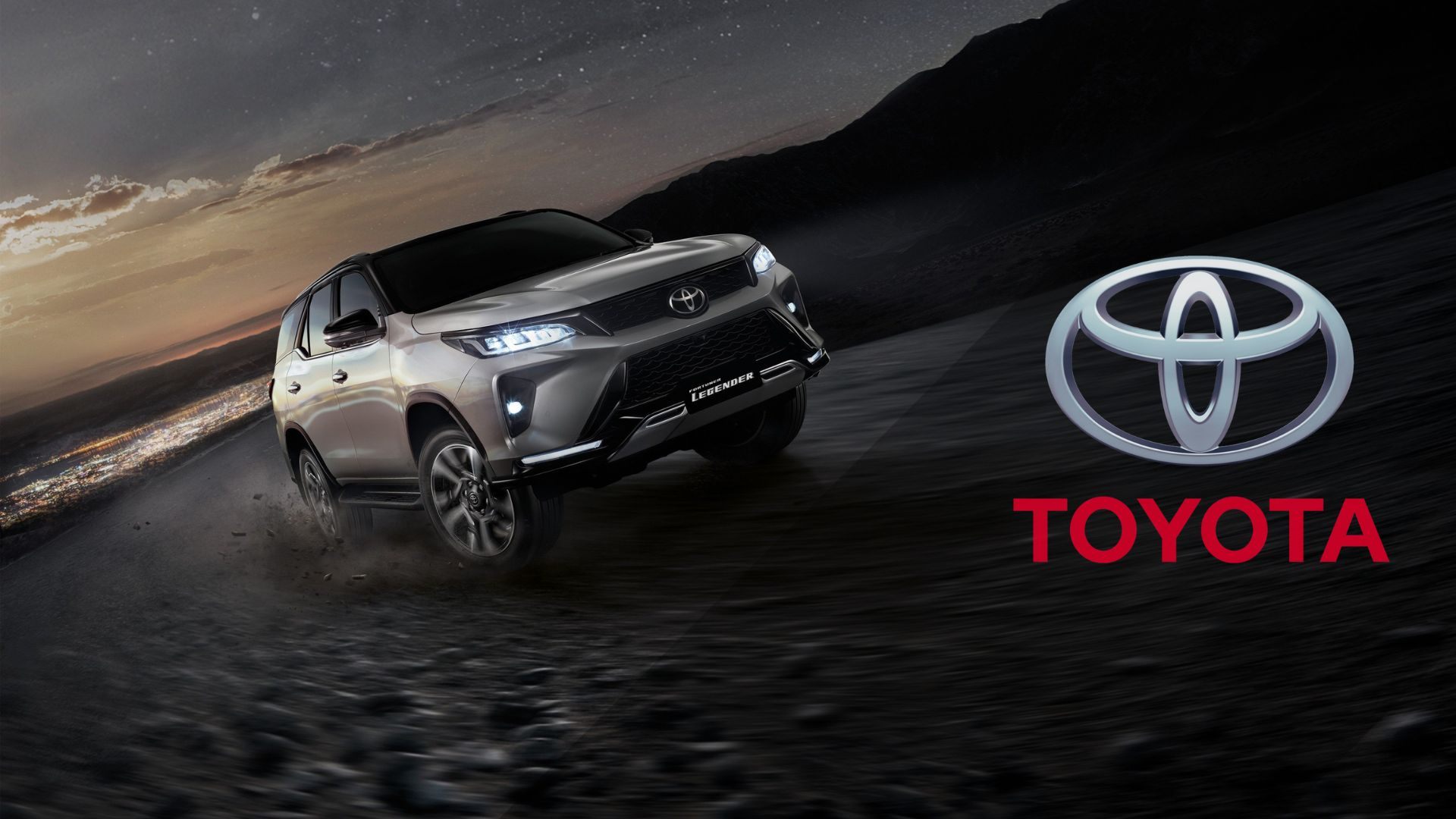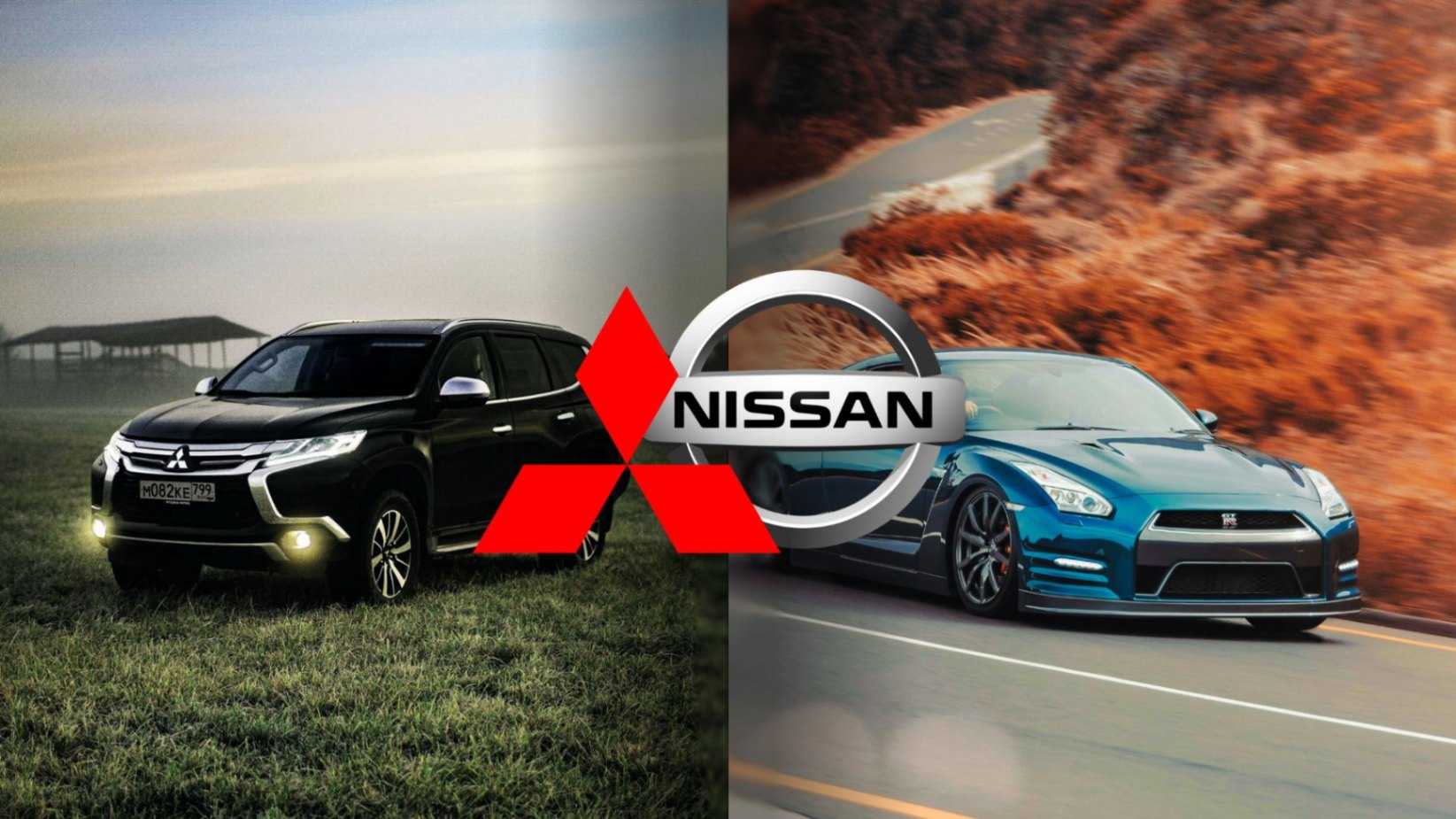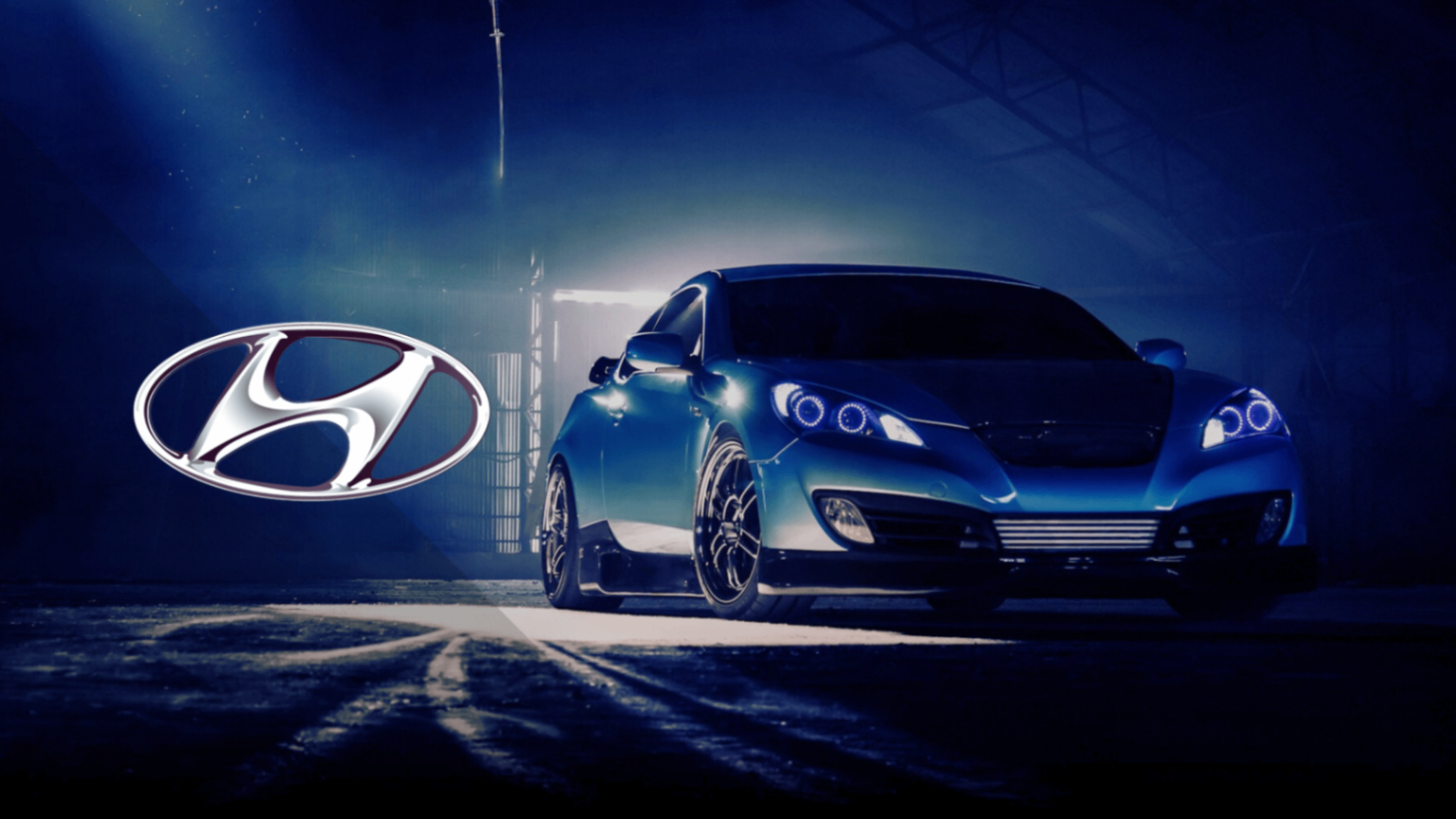
What would you think if I told you the car you're looking at might be a blatant copy? That's right, you heard it. While some see Chinese cars as the future of the industry, others simply call them 'cheap imitations'. But... who's right? Join us to find out!
Famous Copy Cases
Did you know that in the automotive world, China has been like that student who copies their classmate's homework? Yes, for years, Chinese manufacturers have been accused of plagiarizing Western car designs, and we're not talking about mere inspiration. We're talking about nearly identical replicas, as if they had run the original model through a photocopier. Sounds harsh? Well, wait until you hear the details.
Let's start with one of the most scandalous cases: the Landwind X7. At first glance, you might think you're looking at a Range Rover Evoque, the iconic British SUV that's synonymous with luxury and prestige. But no, this is a Landwind X7, a Chinese clone that was so similar to the Evoque that Land Rover took the case to court. The result? A landmark trial in China, where Land Rover finally won, but not before seeing the X7 driving around town as if nothing had happened.
But it doesn't end there. Imagine paying a fortune for a Rolls-Royce Phantom, only to find yourself at a traffic light next to an almost identical car that costs a fraction of the price. That's what happened when Geely launched its GE model, an 'interpretation' so close to the Phantom that it even included the famous 'Spirit of Ecstasy' figure on the hood. Although, of course, the Chinese version looked more like a caricature of the original. The scandal was so big that Rolls-Royce couldn't help but laugh and demand design changes.
And if you thought only luxury cars were copied, you're wrong. Remember the Smart ForTwo, that cute little city car? Well, it turns out that Shuanghuan, a Chinese manufacturer, thought it would be a great idea to make their own version, called Noble. A car so similar that even Daimler, the parent company of Smart, filed an international lawsuit. The result was a legal tug-of-war, but what was clear is that China was willing to risk it all in its quest to carve out a niche in the global automotive market, even if that meant crossing the line between inspiration and blatant copying.
But here comes the uncomfortable question: Did these cheap copies really damage the reputation of Chinese cars, or was it a necessary step to get where they are today? Because the truth is that, despite all the criticism, these brands have learned quickly.

Innovation and Quality Today
Just a decade ago, if you mentioned Chinese cars, most people would turn up their noses. They were criticized for their low quality, recycled designs, and for being little more than rolling junk. But today, those same critics have to eat their words, because China is no longer playing in the minor leagues. They have invested billions in technology, research, and development, and the results are astounding.
You might also be interested in: Are Russian cars a scam or a hidden gem?
Who would have thought that the country known for its cheap products and blatant copies could be on the path to redefine the automotive industry? And the most surprising part: they did it in record time.
Take BYD, for example. This company, which started by manufacturing cell phone batteries, is now leading the electric vehicle revolution. Their secret: they have managed to make high-quality electric cars with competitive range and, best of all, at a price that makes industry giants sweat. Remember when Tesla was the only option for those who wanted a luxury electric car? Well, now, BYD is offering alternatives that compete with, and sometimes surpass, Tesla in terms of technology and affordability.
And then there's NIO, the brand that has shaken up the market with its battery swap technology. While most manufacturers are obsessed with making batteries last longer, NIO went a step further: why not make it possible to swap your empty battery for a full one in minutes? This idea, which seemed straight out of a science fiction movie, is now a reality in China, and it's making the rest of the industry rethink what it means to be innovative.
And it's not just about technology. The interiors of Chinese cars have gone from being simple and rudimentary to competing with the best of the best in terms of luxury and comfort. Brands like Hongqi are creating cars that offer a premium experience, comparable to that of high-prestige European brands.
And what about quality? Because, let's face it, the big question was always: Can these Chinese cars be as good as they seem, or is it just a facade? Safety and quality tests have shown that, in many cases, Chinese cars are on par with, if not better than, their Western competitors. Yes, those same cars that used to be dismissed as 'dangerous' or 'disposable' are now passing the world's most rigorous tests with flying colors.
So, the next time someone says that Chinese cars are just cheap copies, you might want to ask them if they've seen what's really happening in the industry. Because what started as a simple imitation has evolved into an unstoppable force that is redefining what we expect from a modern car. Are we witnessing the rise of a new automotive superpower? Everything points to yes.
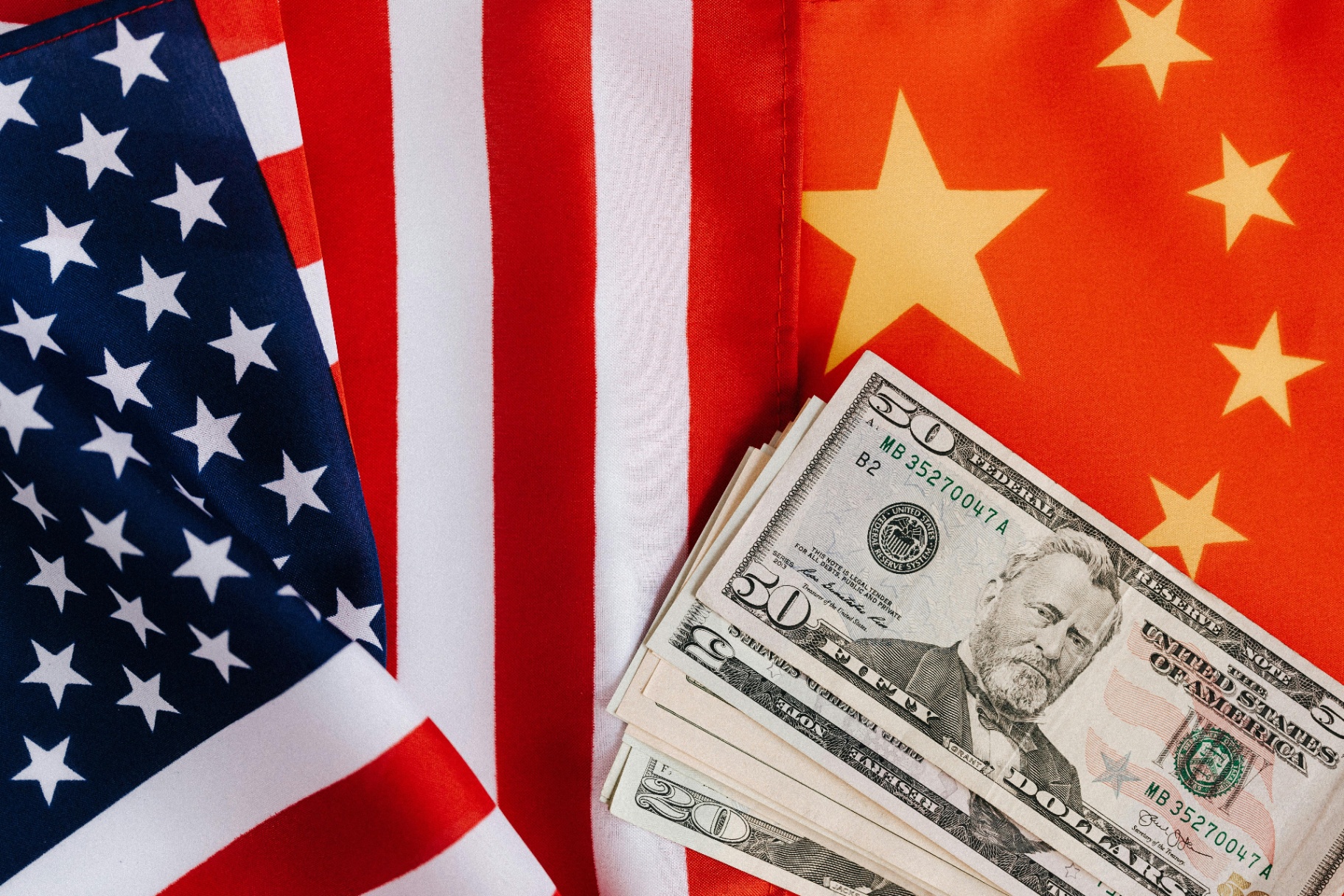
Geopolitics and Economics
China, with its immense industrial power, isn't content with being the world's workshop. Now, it wants to be the global leader in mobility. While other countries are grappling with economic crises and trying to adapt to new technologies, China has been planning its masterstroke. How? By investing billions in research, battery development, electric vehicle infrastructure, and, above all, by controlling the global supply chain.
But here's the kicker: these Chinese cars aren't just for China. They're invading markets worldwide, from Europe to Latin America, and they're doing so with prices that simply crush the competition. How is this possible? Some would say China is playing by the rules of the global economy, while others suggest they're bending them in their favor, using massive government subsidies to dominate foreign markets. Fair competition or unfair tactics? That's the question.
And while Western brands struggle to maintain their profit margins, Chinese cars are skyrocketing in sales. They're selling electric models at prices that simply can't be matched by manufacturers in Europe or America. For some, this is the future of global competition. For others, it's a direct threat to local economies and jobs in the Western automotive industry.
And let's not forget lithium, the 'white gold' of the 21st century. China has secured a large portion of the global lithium supply chain, the key mineral for electric vehicle batteries. China is years ahead, securing contracts and controlling mines around the world. Are we witnessing the birth of a new energy empire, with China at the center of it all?
Final conclusion
I know for many, the idea of buying a Chinese car still raises some doubts. Let's be honest, Chinese cars have had to struggle with the perception of being cheap imitations. But if we set aside those prejudices and analyze what they're actually achieving, there are solid reasons to be in favor of what China is doing in the automotive industry.
Chinese manufacturers aren't just replicating what already exists; they're leading the way in key areas like electric vehicles and autonomous technologies. Brands like BYD and NIO have proven that they can compete with Western giants in these areas, and they're doing it at much more affordable prices.
If a Chinese car offers you the same technology, or even better, at a much more competitive price, why not give it a chance?
China has managed to democratize access to advanced technologies, making electric vehicles more accessible to people all over the world. This is good for the average consumer and also for the planet, as it accelerates the adoption of cleaner and more sustainable technologies.
So, after everything we've seen, it's clear that Chinese cars are no longer what they used to be. They've gone from being questionable imitations to serious competitors in the global market. But the question remains: Are they really worth it, or should we still be cautious?

